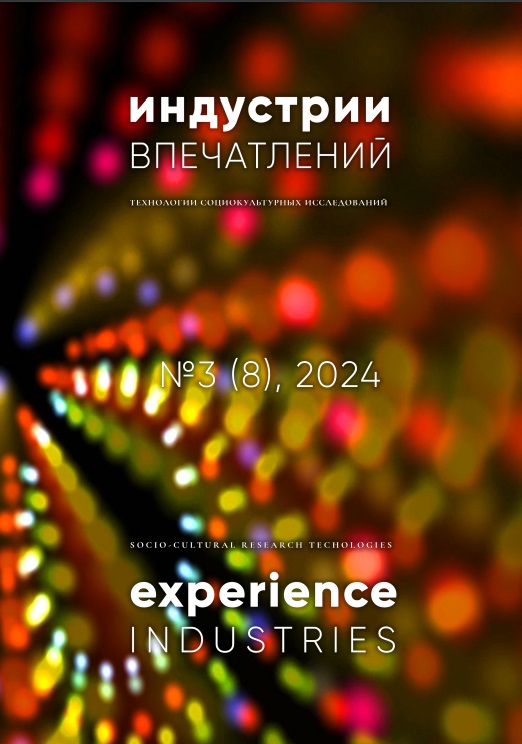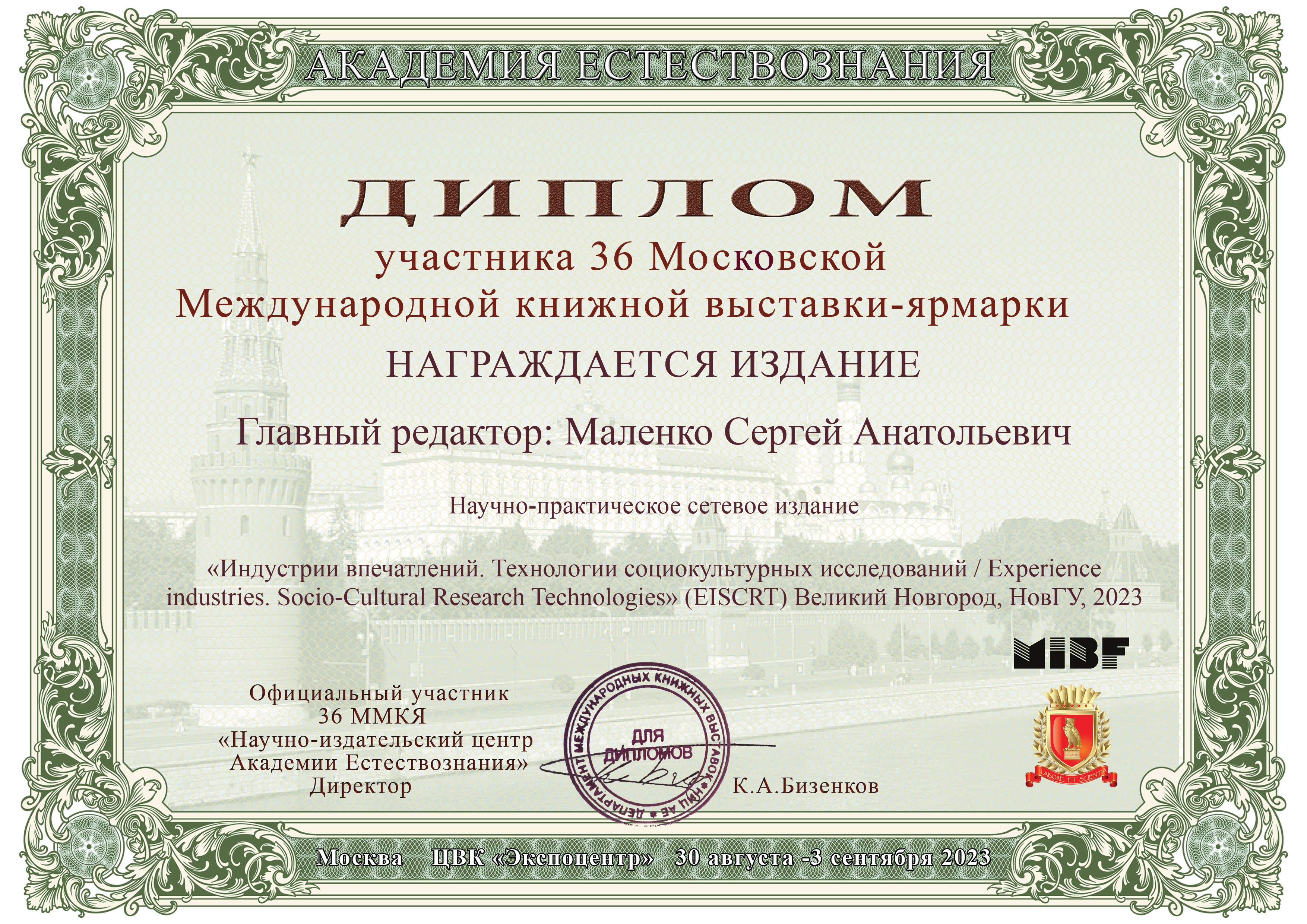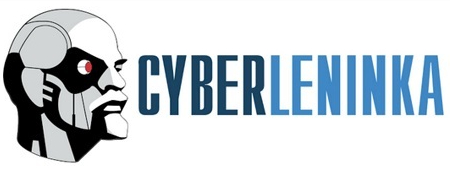THE GREAT BUILDINGS OF COMMUNISM IN THE MIRROR OF SOVIET NOSTALGIA
DOI:
https://doi.org/10.34680/EISCRT-2024-3(8)-276-301Keywords:
Soviet nostalgia, great construction sites of communism, monuments, places of memory, media memory, historical memory, commemoration, social memory, social mythology, experience industriesAbstract
The article examines the evolution of the mythology of the great construction projects of communism in the context of nostalgia for the Soviet. The author shows the specifics of the formation of the mythology of great construction projects in the Soviet media sphere through connection with the basic constructs of the official communist ideology. This mythologem was never able to move into the discourses of historical memory, since the exposure of the cult of personality and mass repressions launched the process of undermining trust in the Soviet mythological pathos of the great construction projects of communism until its complete ideological corrosion during the period of perestroika. However, the specifics of the accumulation of primary scientific data on the history of the economy of forced labor in the USSR pushed into the shadows the real participation in great construction projects not only of the civilian population, but also of Komsomol activists who went en masse to these sites at the call of the Communist Party. The initial conditions of many construction projects were very harsh, and the objects themselves were distinguished not only by their scale, but also by their knowledge intensity, which implied their high technological efficiency. Currently, great Soviet construction projects penetrate into the space of media memory through the digital content of tourists, whom they attract as a source of unprecedented impressions of exotic sights. The author concludes that in the case of great construction projects, Soviet nostalgia as a cultural movement works with the material, rather than symbolic, dimension of great construction projects, drawing positive connotations to elevate their image within the experience industry.
For citation:
Tikhonova, S. V. (2024). The Great Buildings of Communism in the Mirror of Soviet Nostalgia. Experience industries. Socio-Cultural Research Technologies (EISCRT), 3 (8), 276-301. (In Russian). https://doi.org/10.34680/EISCRT-2024-3(8)-276-301








